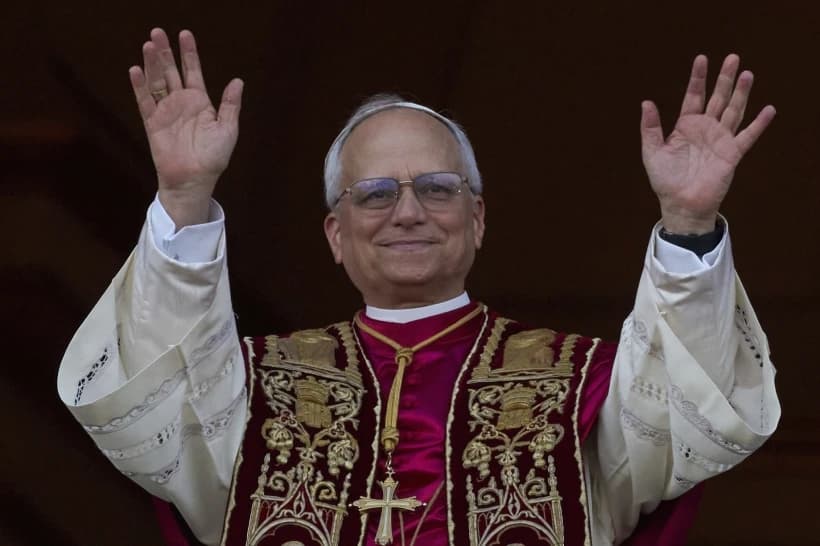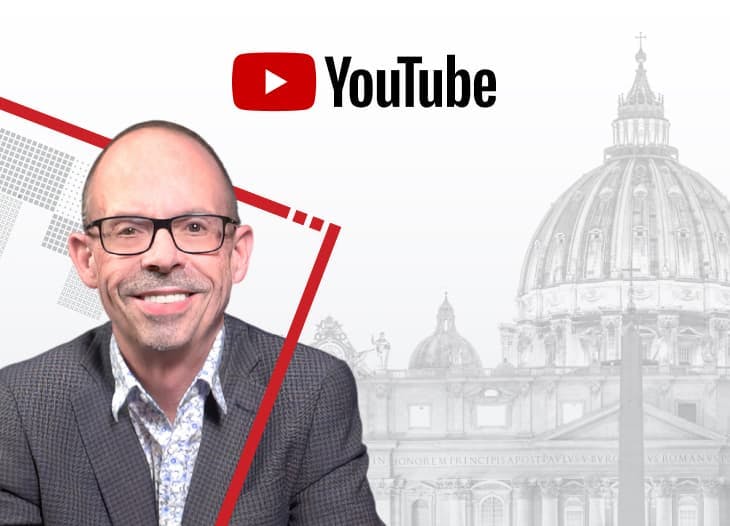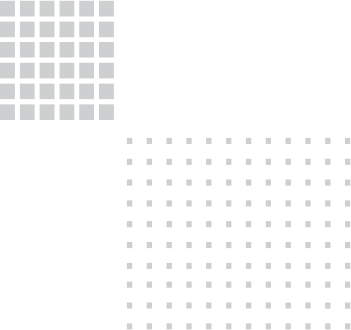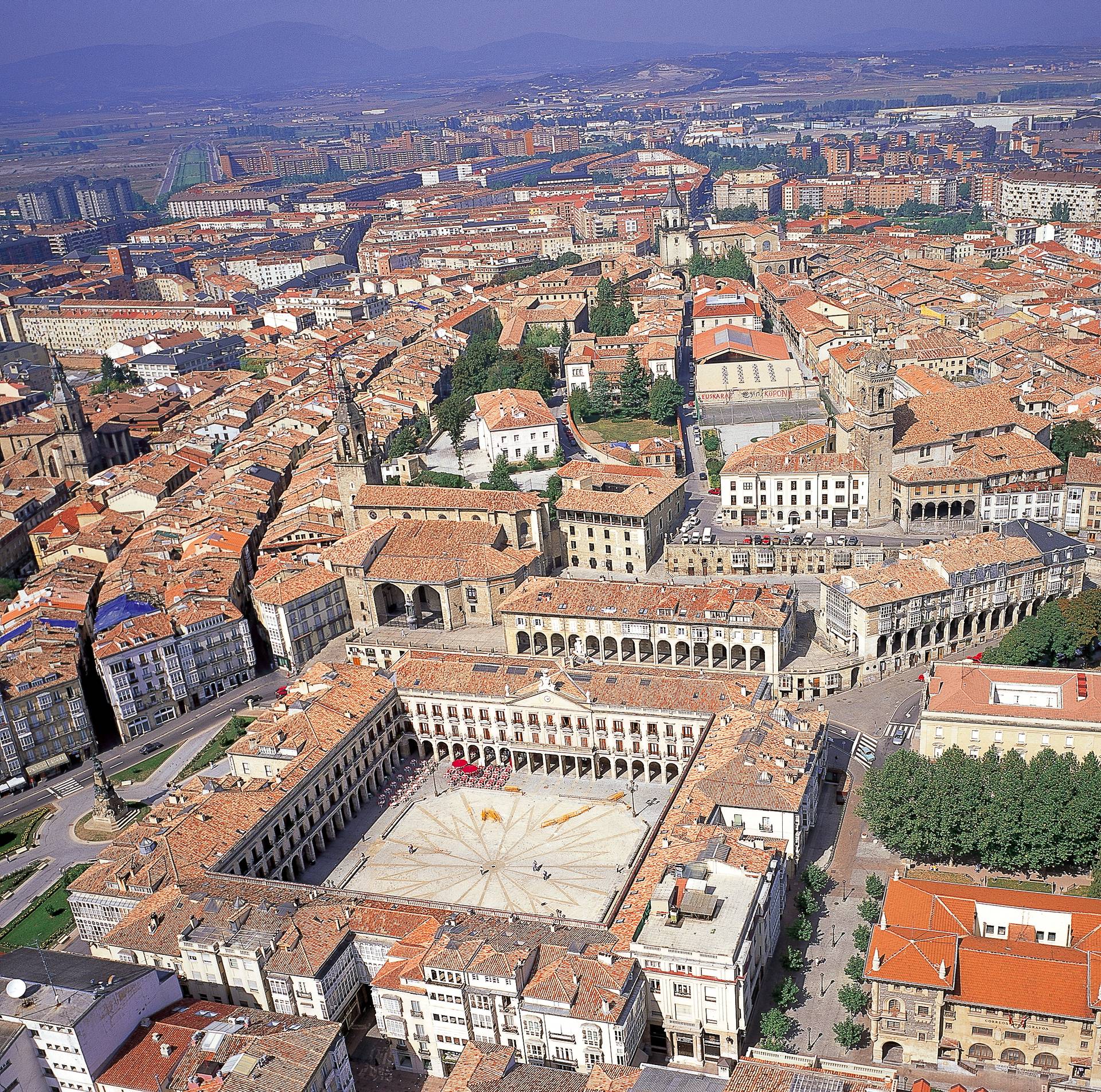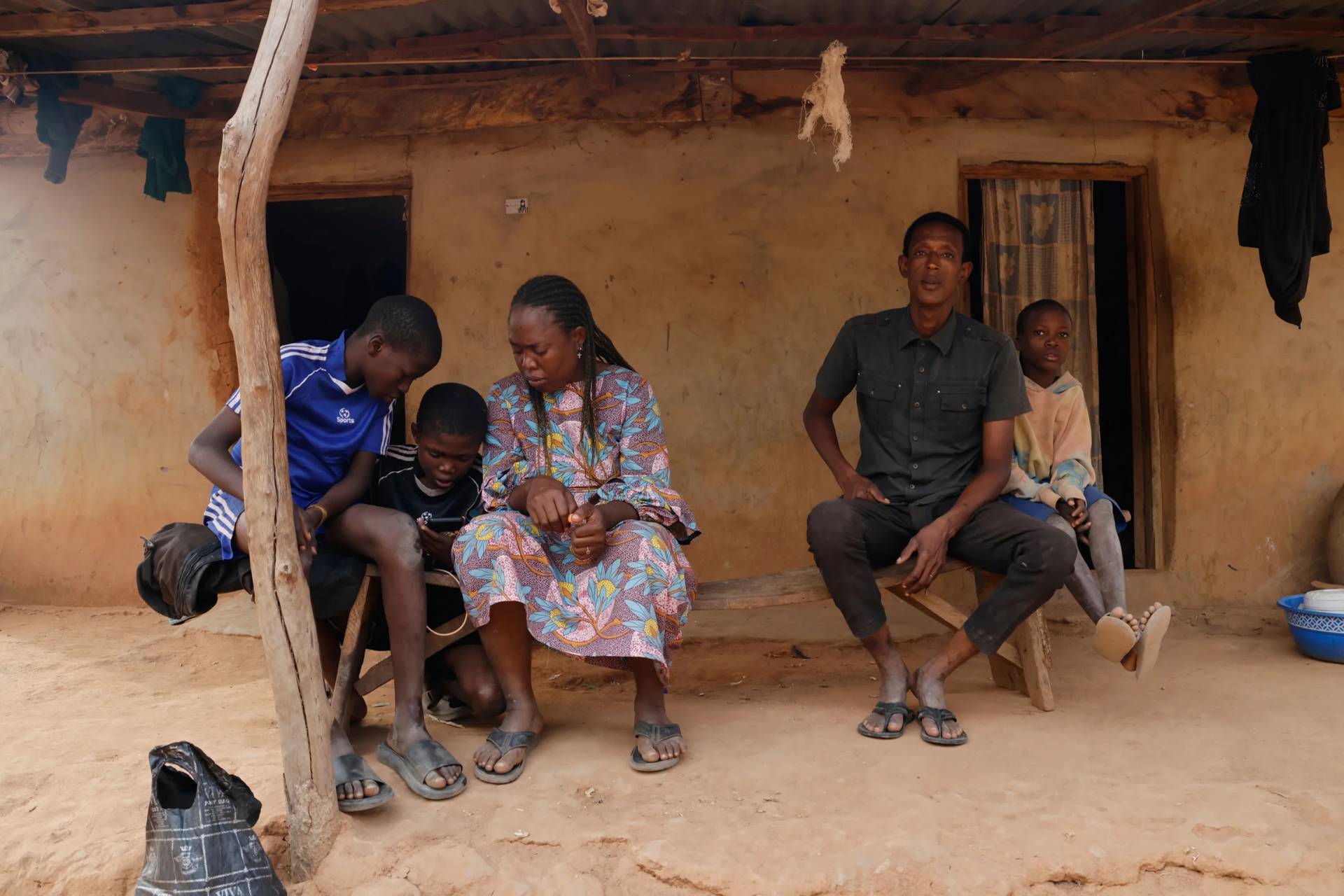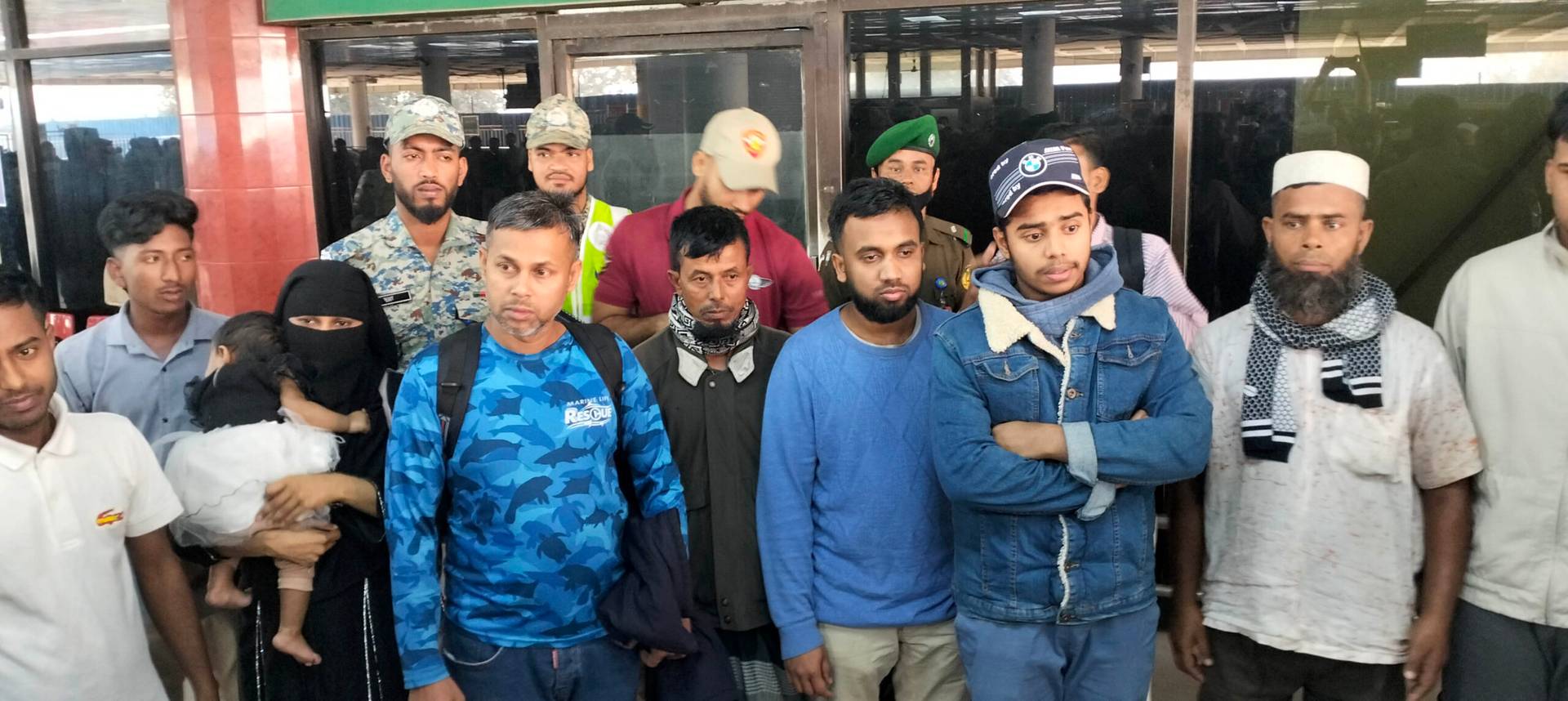When Catholics around the world welcomed the first American pope, AP reporter Nicole Winfield was on the ground in Vatican City. Here’s what she said:
The AP booth in the Vatican press room is tiny, too cramped for two people to work comfortably. But during the conclave, we regularly squeezed in two, three or four people to stare at the live feed of the Sistine Chapel roof to see if the smoke pouring out of the skinny chimney was white or black after each round of voting.
We had practically been living in the booth ever since Pope Francis went into the hospital Feb. 14 with double pneumonia. It had been our home away from home through his five weeks of hospitalization, then Holy Week and Easter Monday, when he died.
By the start of the conclave, my colleague Vanessa Gera and I were ready, our elbows knocking into each other at the narrow desk. With other text colleagues from around the world, we had prepared in-depth bios of all the main papal candidates so we would be prepared for virtually any scenario. We had AP news alerts prepped and ready for each round of black smoke (no pope elected) and white smoke (pope elected).
Vanessa even went so far as to work out the Latin versions of the names of each of the “papabile” papal contenders, so that we could figure out the winner since his name would be announced in Latin after the famous “Habemus Papam.” (We have a pope.) And that is why we were able to quickly alert that Robert Prevost had been elected the first American pope and had chosen the name Leo XIV.
(For all those who speak Latin, this was how the announcement was made by a senior cardinal on the loggia of St. Peter’s Basilica: “Eminentissimum ac Reverendissimum Dominum, Dominum Robertum Franciscum, Sanctæ Romanæ Ecclesiæ Cardinalem Prevost, qui sibi nomen imposuit Leone XIV.”)
Even though most people thought there could never be an American pope, AP had identified Prevost as a possible candidate given his many other qualities.
